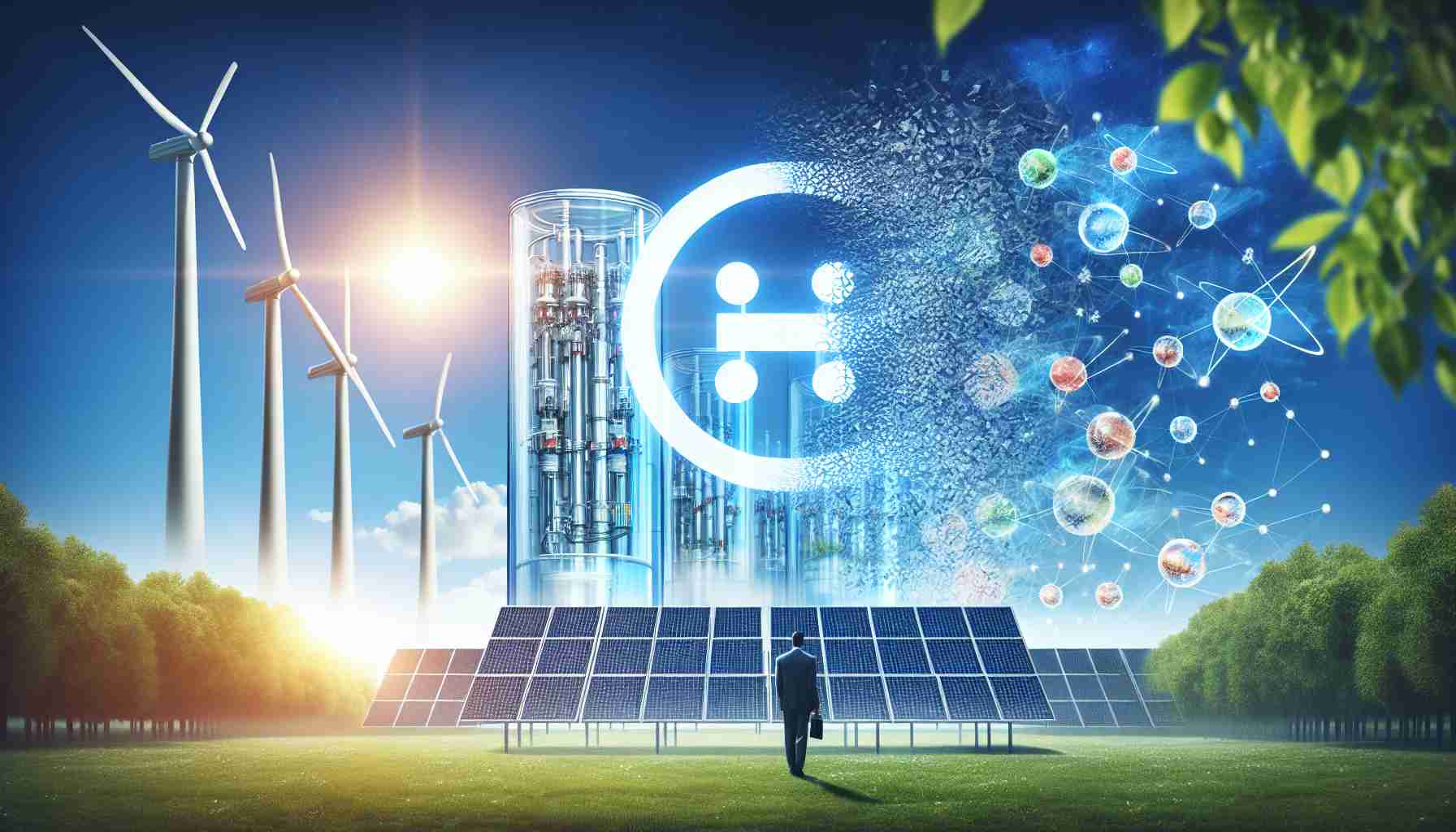In a surprising twist tucked within a routine financial update, BP announced its decision to discontinue 18 early-stage hydrogen initiatives. This strategic withdrawal not only highlights a cost-saving maneuver—potentially preserving $200 million annually for the corporation—but also casts shadows over the burgeoning hydrogen sector.
Despite its recent move, BP has been recognized as a major advocate for hydrogen technology. Through its venture capital branch, BP has financed promising green hydrogen startups, collaborating with companies like Electric Hydrogen and Advanced Ionics. Earlier in the year, the corporation committed to advancing “more than 10” hydrogen ventures across the United States, Europe, and Australia. However, this commitment has now been curtailed to merely between five and ten endeavors, with BP remaining tight-lipped about which projects will proceed.
Hydrogen stands as a potential game-changer in mitigating carbon emissions across diverse industries such as petrochemicals, steelmaking, and long-distance shipping. Yet, the foundational infrastructure, especially for green hydrogen produced via renewable energy, remains fragile and costly.
The hydrogen industry has traditionally viewed oil and gas giants as key allies due to their extensive experience in handling large infrastructure projects and their existing production of hydrogen from natural gas. However, these companies also prioritize fossil fuel profitability, which often results in cautious advancements toward alternative energy sources.
BP’s recalibration could signal a trend, potentially dissuading further investment in hydrogen projects. As the hydrogen industry braces itself for future uncertainties, the world watches closely to see whether BP’s decision will spark broader repercussions.
Can We Trust Big Oil With Green Energy? The BP Dilemma
The recent decision by BP to withdraw from several early-stage hydrogen projects has stirred discussions far beyond corporate boardrooms, affecting communities, countries, and the trajectory of the green energy revolution. Although its withdrawal could save BP up to $200 million annually, the decision reverberates throughout the sector, raising critical questions about the future of hydrogen as a sustainable energy source.
Hydrogen’s Role in a Sustainable Future
Hydrogen, particularly green hydrogen produced from renewable sources, is seen as a key solution in the global effort to reduce carbon emissions. Its potential stretches across various industries such as petrochemicals, steelmaking, and transportation, where traditional methods rely heavily on fossil fuels. Hydrogen’s promise lies in its ability to offer a low-carbon alternative without sacrificing industrial efficiency.
Despite this potential, the sector faces significant barriers, most notably the high costs and lack of infrastructure required for green hydrogen production and distribution. Communities that could benefit from hydrogen’s application must grapple with these challenges amidst uncertainties.
What’s at Stake for Individuals and Communities?
For many, especially in communities reliant on industries like steel and shipping, the adoption of hydrogen technology could mean job opportunities and cleaner air. Conversely, should these technologies fail to gain traction due to lack of investment, these communities might miss out on potential socioeconomic benefits and remain tied to environmentally damaging industries.
Countries that have positioned themselves as leaders in the hydrogen economy, such as Germany and Japan, must also consider the implications of BP’s retreat. A decrease in investment could stall innovation and affect the transition to cleaner technologies at a national level.
The Controversy of Big Oil’s Role
BP, an oil giant with extensive experience in large-scale projects, was seen as a critical ally in the hydrogen sector. The expertise and infrastructure potential these companies bring could accelerate the green energy transition. Yet, their vested interests in fossil fuels can result in a conflict of priorities—where profitability might outweigh the push for clean energy.
This move by BP raises a broader inquiry: Can we rely on oil and gas companies to lead the charge towards a sustainable future? If major players withdraw, who holds the mantle of innovation and investment in green energy?
Lessons from BP’s Move
The situation highlights the importance of diversified investment strategies, including smaller-scale, decentralized efforts that might be more resilient. For communities and countries, this could mean fostering local and national initiatives that do not solely depend on the whims of major corporations.
How will this affect the global green agenda? As governments strive to impose stricter climate policies, the need for a robust private sector partnership becomes evident. However, as BP’s decision showcases, these partnerships come with risk. Greater government incentives and public-private collaborations might be necessary to maintain momentum in the green energy sector without relying solely on traditional energy giants.
As the green energy landscape evolves, so too must its strategies. The reliance on traditional energy companies requires reexamination in light of BP’s move, urging stakeholders to find balance between innovation and dependency. The sustainable future depends on these recalibrations.
For more information on the hydrogen sector and green energy technologies, explore the following resources:
– International Renewable Energy Agency
– International Energy Agency


